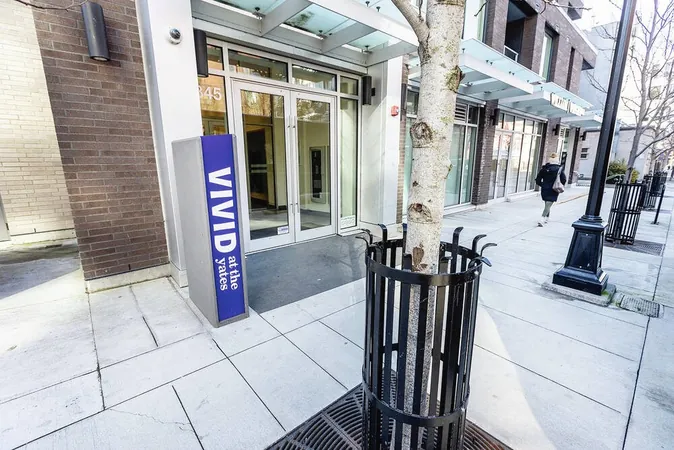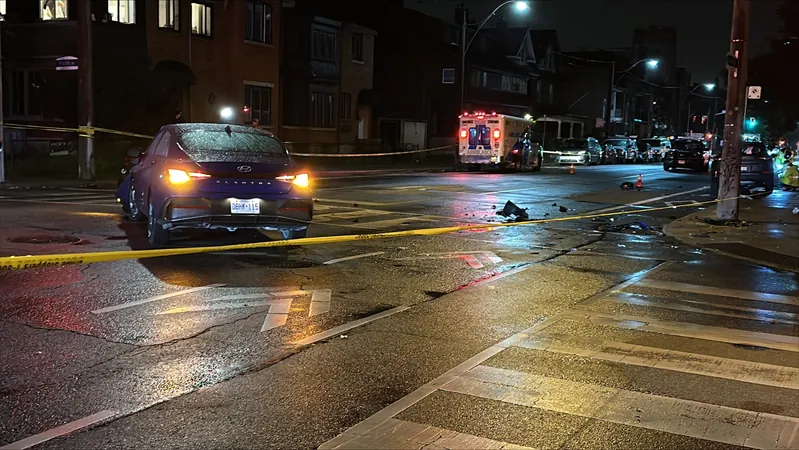
Shadowy Scandal: BC Housing’s Victoria High-Rise Exposed as a Scam for Wealthy Buyers
2024-10-04
Introduction
In a shocking revelation that has rocked British Columbia's housing market, it has come to light that affluent individuals have exploited the system by purchasing publicly subsidized units in the newly opened Vivid building in downtown Victoria, which was originally intended for middle-income, first-time homebuyers. This disturbing trend raises questions about the effectiveness and oversight of the NDP government’s housing initiatives.
Background of the Vivid Project
The Vivid building, completed in 2021, was financed with a generous $53 million low-interest loan from the provincial government to reduce construction costs and provide affordable housing options for individuals earning under $150,000 a year without other property ownership. However, internal investigations and court records unveiled that many of the buyers defied these very restrictions, owning multiple properties and exceeding the income threshold.
Investigative Reporting and Government Response
Journalist Jason Proctor from CBC unearthed this issue and broke the story last spring, exposing a web of legal entanglements and the government's reluctance to address the scandal publicly. Despite mounting evidence, senior officials within the Ministry of Housing, led by NDP Leader David Eby, chose silence over transparency. Internal communications revealed recommendations to acknowledge the scandal publicly and devise a swift response to repair damaged trust. Yet, the government maintained its silence, potentially imperiling public confidence in their housing policies.
Financial Ramifications
The fallout from this scandal isn’t merely about public perception. It has costs attached: B.C. Housing is currently embroiled in lawsuits and has reportedly requested a staggering $19 million loan from the Provincial Rental Housing Corp. to buy back units from buyers who breached agreement terms, a move that indicates the significant resources allocated to resolving this debacle.
Political Accountability
Further complicating matters, Eby attempted to distance himself from responsibility, suggesting that the controversial pilot program was inherited from the previous B.C. Liberal government. However, criticizing his predecessors doesn't absolve him from accountability, especially since he oversaw the Ministry of Housing during the entire timeline of the Vivid project's unfolding events. As housing minister, he celebrated the project's opening, heralding it as a pivotal achievement in providing homes to families who would otherwise be unable to purchase property.
Magnitude of the Issue
Proctor's follow-up reporting also suggests that a large percentage—up to one-third—of the units may have fallen into the hands of individuals who were not eligible under the established criteria. This revelation places immense scrutiny on the current administration which has seemingly failed to safeguard the integrity of affordable housing initiatives.
Conclusion
In summary, the Vivid building scandal exposes serious flaws in the implementation and oversight of housing regulations in British Columbia, leaving citizens to contemplate whether the government is equipped to manage its housing crisis effectively. As the details continue to emerge, one question looms large: will the NDP government finally come forward and take responsibility for this debacle? The public deserves answers, and the pressure is mounting.
Ongoing Coverage and Future Developments
Stay tuned for continuing coverage of this unfolding scandal—what else might be lurking beneath the surface?









 Brasil (PT)
Brasil (PT)
 Canada (EN)
Canada (EN)
 Chile (ES)
Chile (ES)
 España (ES)
España (ES)
 France (FR)
France (FR)
 Hong Kong (EN)
Hong Kong (EN)
 Italia (IT)
Italia (IT)
 日本 (JA)
日本 (JA)
 Magyarország (HU)
Magyarország (HU)
 Norge (NO)
Norge (NO)
 Polska (PL)
Polska (PL)
 Schweiz (DE)
Schweiz (DE)
 Singapore (EN)
Singapore (EN)
 Sverige (SV)
Sverige (SV)
 Suomi (FI)
Suomi (FI)
 Türkiye (TR)
Türkiye (TR)